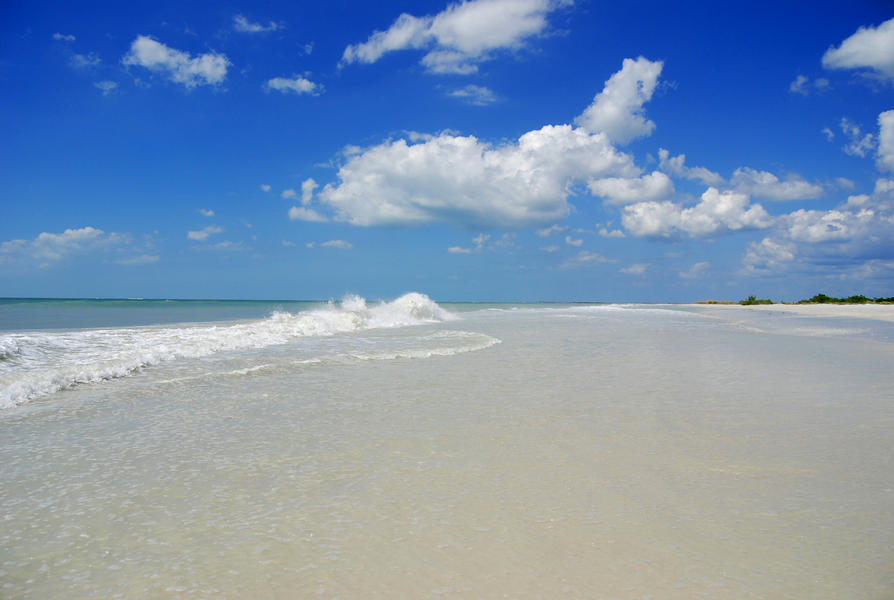Jefferson at a Glance |
|---|
| Coastal Cities | None |
Popular Spot | Florida National Scenic Trail |
Sandy Beaches | 0 miles |
Public Accesses | 0 |
Great Florida Birding & Wildlife Trail | 0 sites |
State Parks & Lands | Acres |
|---|
Letchworth-Love Mounds Archaeological State Park | 188 |
St. Marks River Preserve State Park | 2,590 |
Aucilla Wildlife Management Area (Taylor) | 47,622 |
Big Bend Seagrasses Aquatic Preserve (Wakulla, Dixie, Levy, Taylor) | 982,000 |
Middle Aucilla Conservation Area (Madison, Taylor) | 9,129 |
| Upper Aucilla Conservation Area (Madison) | 2,864 |
Wacissa Conservation Area | 1,060 |
Federal Lands | Acres |
|---|
St. Marks National Wildlife Refuge (Wakulla, Taylor) | 83,317 |
Bays & Inlets |
|---|
Apalachee Bay |
| Rivers & Paddling Trails |
|---|
St. Marks, Aucilla & Wacissa rivers, Big Bend Saltwater Paddling Trail, Florida Circumnavigational Saltwater Paddling Trail, Gulf Intracoastal Waterway |
Jefferson County, also called the Keystone County, stretches from the border of Georgia down to the Gulf of Mexico. Its wild rivers and rural areas make it a haven for bold adventurers.
The blackwater Aucilla River with headwaters in Georgia runs down Jefferson County’s eastern border, occasionally plunging underground and reemerging through a series of sinks. Its limestone banks, forests, and swamps constitute diverse habitats for fish and other wildlife attracting hunters and fishers.
Hunting along the Aucilla dates back over 12,000 years ago when Paleoindians hunted the mastodons and saber-toothed tigers that prowled the region. The river’s unique features have made the area a significant paleontological and archeological site explored by the Florida Museum of Natural History through the Aucilla River Prehistory Project.
Experienced paddlers revel in the challenge of Aucilla’s rocky shoals, tight turns, and segment of rapids where two limestone rock dams produce whitewater. Those with advanced kayaking capabilities also enjoy the 105-mile coastal Big Bend Saltwater Paddling Trail beginning at the lower portion of the river.
The Wacissa River is tributary of the Aucilla. Its clear water and straight course make it friendly for beginner paddlers, swimmers, and snorkelers looking to encounter schools of mullet and sunfish, otters, and a variety of birds along the Wacissa River Paddling Trail. Twelve major springs feed the Wacissa creating popular swimming holes along the river such the Big Blue Spring.
To the west of the Aucilla lies the St Marks National Wildlife Refuge encompassing over 83,000 acres of coastal marsh, estuaries, and tidal creeks across Jefferson, Wakulla, and Taylor counties. It is best known as a four-season habitat for migratory birds including songbirds, shorebirds, and wintering ducks.
The entirety of Jefferson’s 5-mile coastline is enveloped by the Big Bend Seagrasses Aquatic Preserve. This estuarine environment supports a rich shellfish population of oysters, clams, blue crab, and scallops, drawing commercial and recreational harvesters to its seagrass beds. The absence of sandy beaches and paved roads is a dreamscape for stargazers and nighttime photographers looking to take in unobscured views of astronomical wonders.
Jefferson’s county seat is the city of Monticello, located 25 miles east of Tallahassee. The city is affectionately known for its family-owned shops and cafes in the town square and live oak canopied roads.


